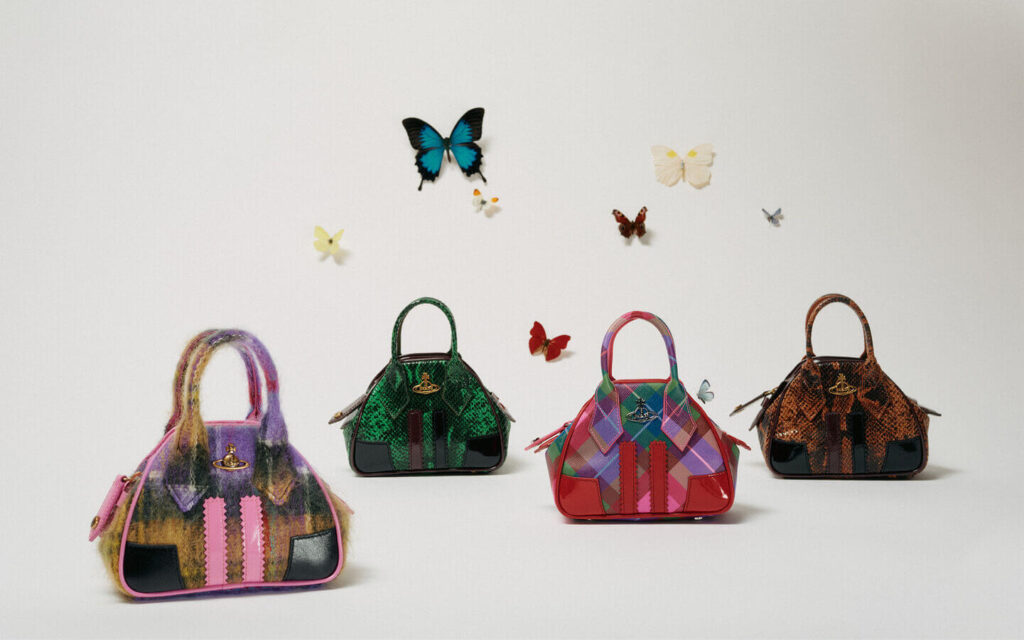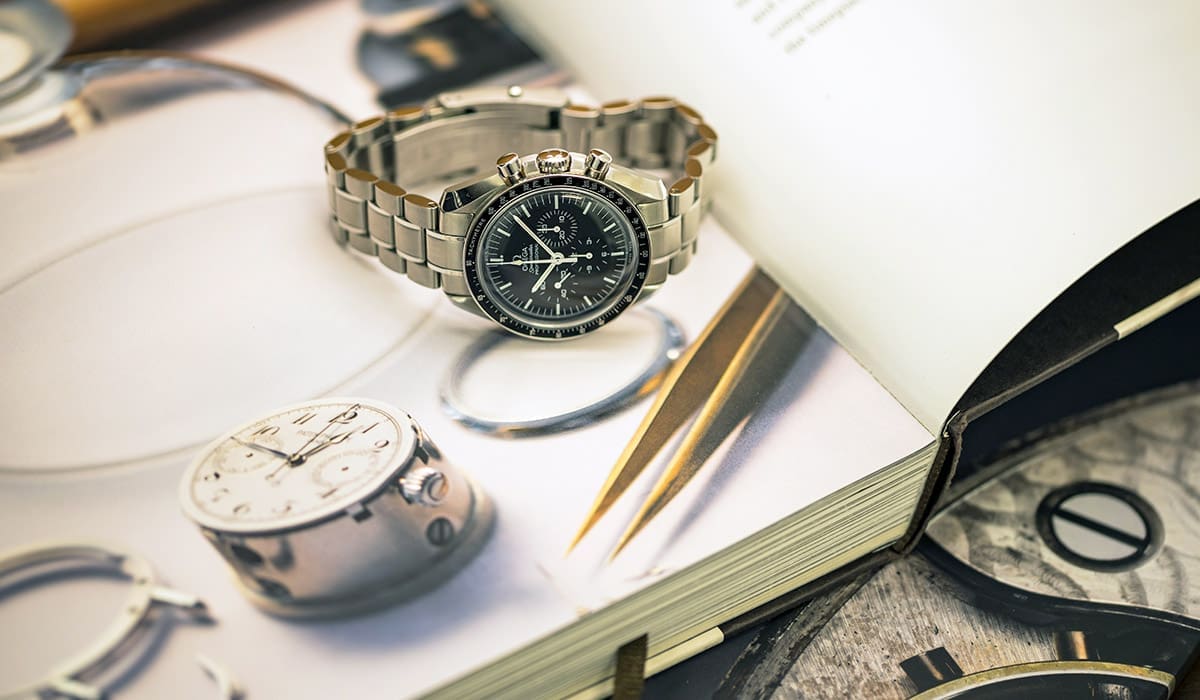One of the best parts of Wonder Woman 1984 was the present-day opening sequence, of our lasso’d heroine battling some petty crooks at a shopping mall, interspersed with clips of our villain-to-be, Maxwell Lord, trying to sell fake oil securities through sleazeball infomercials. It’s a perfect little microcosm of the early 80s, with the subtle implication that hey, maybe this era of excess really kicked off the snowball of our current impending doom?
The scene made me think of all the times I’ve seen an ad for a new luxury condo in a former shopping mall. And I specifically thought back to it as I read this insightful piece from Vox that traces the rise and fall of shopping centers as they relate to the American Dream, both literally and figuratively.
Get it? ‘Cause the American Dream is also an actual shopping mall:
In a New Jersey suburb seven miles west of Midtown Manhattan, the American Dream is on shaky ground.
The Dream in question isn’t the mythological notion that upward social mobility is within reach for all hardworking Americans. It’s a $5 billion, 3 million-square-foot shopping and entertainment complex in East Rutherford featuring an indoor ski slope, an ice-skating rink, and a Nickelodeon-branded amusement park. The complex finally opened last fall, but it’s now facing huge new challenges.
The development’s complicated 17-year history, marked by ownership changes, false starts, and broken promises, had already put American Dream in a precarious situation. The Covid-19 pandemic hitting in March made things much worse.
[…]
While the story of American Dream is unique in many ways, its struggles are emblematic of the bleak future facing many US malls and department stores — whose destinies have long been intertwined. The downfall of these onetime crown jewels of retail will have meaningful impacts on the Americans who work for them and the communities they’ve long called home.
I can’t remember the last time I went to a shopping mall that wasn’t a mostly-empty fossil like some installation art piece of a depressing metaphor for consumerism. This article doesn’t really change that for me, but it did help to frame it all in a more empathetic, fact-based, and anthropological perspective.
The death of the department store and the American middle class [Jason Del Rey / Vox]
From Main Street to Mall: The Rise and Fall of the American Department Store [Vicki Howard / University of Pennsylvania Press]
Image: Bobo Boom / Flickr (CC-BY-SA 2.0)





More Stories
Victims, gunman, and ‘good Samaritan’ who ended massacre ID’d in Indiana mall shooting
Armed citizen at Greenwood mall hailed as hero who saved lives – WISH-TV | Indianapolis News | Indiana Weather
Indiana mall shooting: Live updates